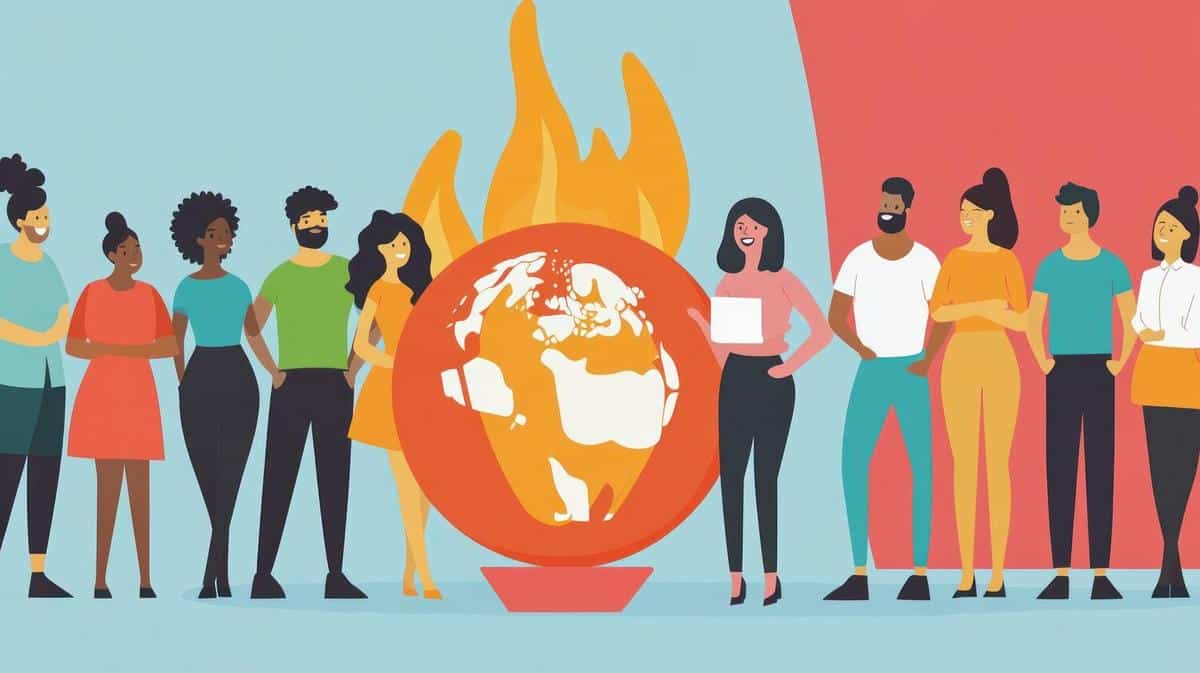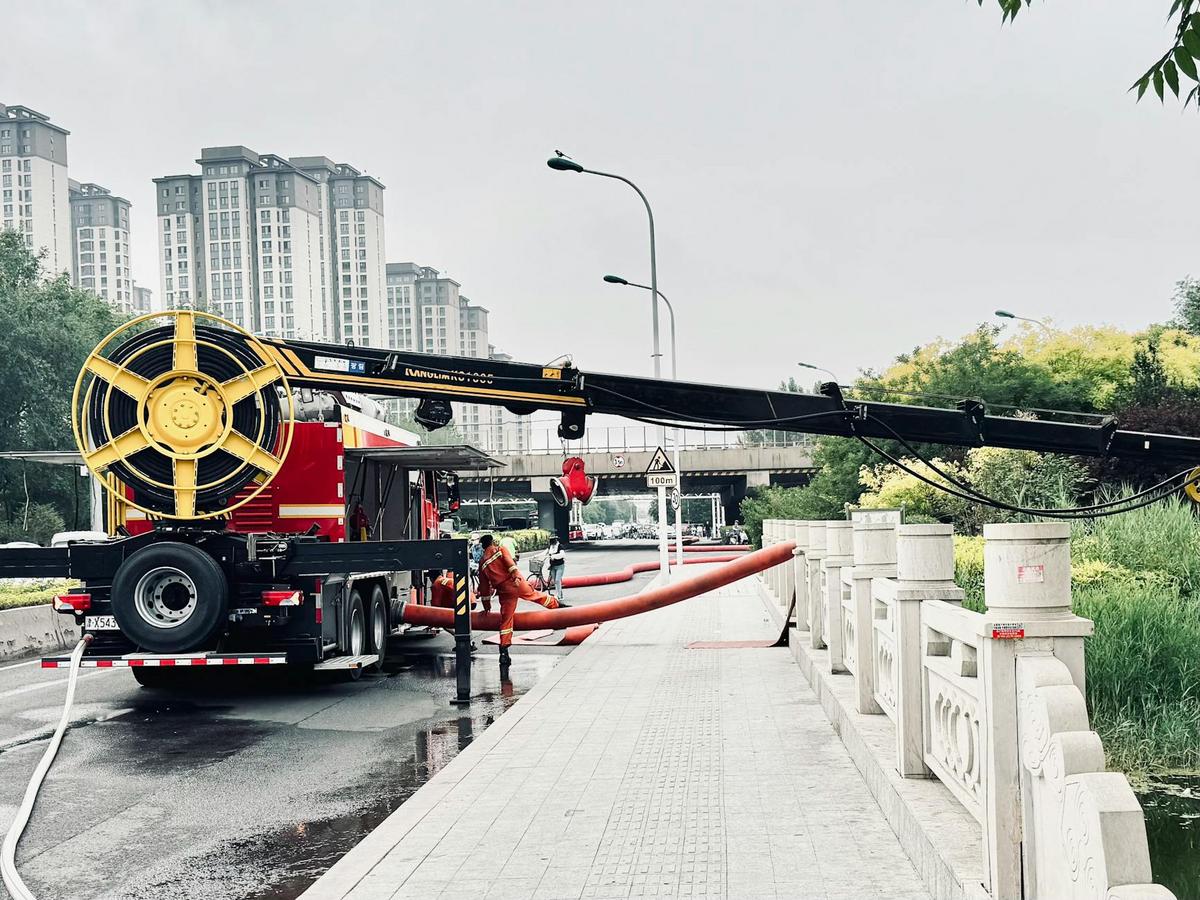
The Social Impact of Climate Change: Addressing Vulnerability and Inequality
Climate change is reshaping our planet in profound ways, and its impact is not evenly distributed. Vulnerable communities often bear the brunt of environmental changes, highlighting a crucial intersection between climate change and social inequality.
Understanding the Social Impact of Climate Change
Climate change exacerbates existing social inequalities, disproportionately affecting those who are already marginalized. According to a report by the Intergovernmental Panel on Climate Change (IPCC), communities with limited resources have less capacity to adapt, making them more vulnerable to climate-related disasters.
Expert Insights
Dr. Maria Rivera, an environmental scientist, notes, “The intersection of climate change and social vulnerability is a critical area of concern. Efforts to combat climate change must also address social justice to be effective.” Her insights emphasize the need for integrated solutions that consider both environmental and social dimensions.
Statistics Highlighting Inequality
Research from the United Nations Environment Programme shows that over 80% of climate refugees are from developing countries. These statistics underscore the urgent need for global cooperation in addressing climate-induced displacement.
Personal Anecdotes: Real Stories from Affected Communities
Consider the story of Javier, a farmer in Central America who has witnessed firsthand the impact of changing weather patterns. As rainfall becomes less predictable, his livelihood is increasingly at risk, illustrating the very real human consequences of climate shifts.
Actionable Tips for Addressing Vulnerability
- Support policies that promote renewable energy and reduce emissions.
- Advocate for climate justice initiatives that prioritize vulnerable communities.
- Engage in community-based adaptation projects.
Comparing Climate Impact Across Regions
| Region | Major Climate Impact | Vulnerability Level |
|---|---|---|
| Sub-Saharan Africa | Drought | High |
| South Asia | Flooding | Medium |
| Southeast Asia | Sea level rise | High |
| North America | Hurricanes | Variable |
| Europe | Heatwaves | Low |
| Australia | Wildfires | Medium |
| Latin America | Deforestation | High |
| Middle East | Water scarcity | High |
Frequently Asked Questions
How does climate change increase social inequality?
Climate change often hits the poorest communities hardest, as they have fewer resources to adapt and recover, deepening existing social disparities.
What can individuals do to help?
Individuals can support sustainable practices, advocate for equitable climate policies, and contribute to organizations working towards climate justice.
Addressing the social impact of climate change requires a multifaceted approach that considers both environmental and social dimensions. By understanding the vulnerabilities and inequalities exacerbated by climate change, we can work towards more equitable solutions that protect and empower all communities.


